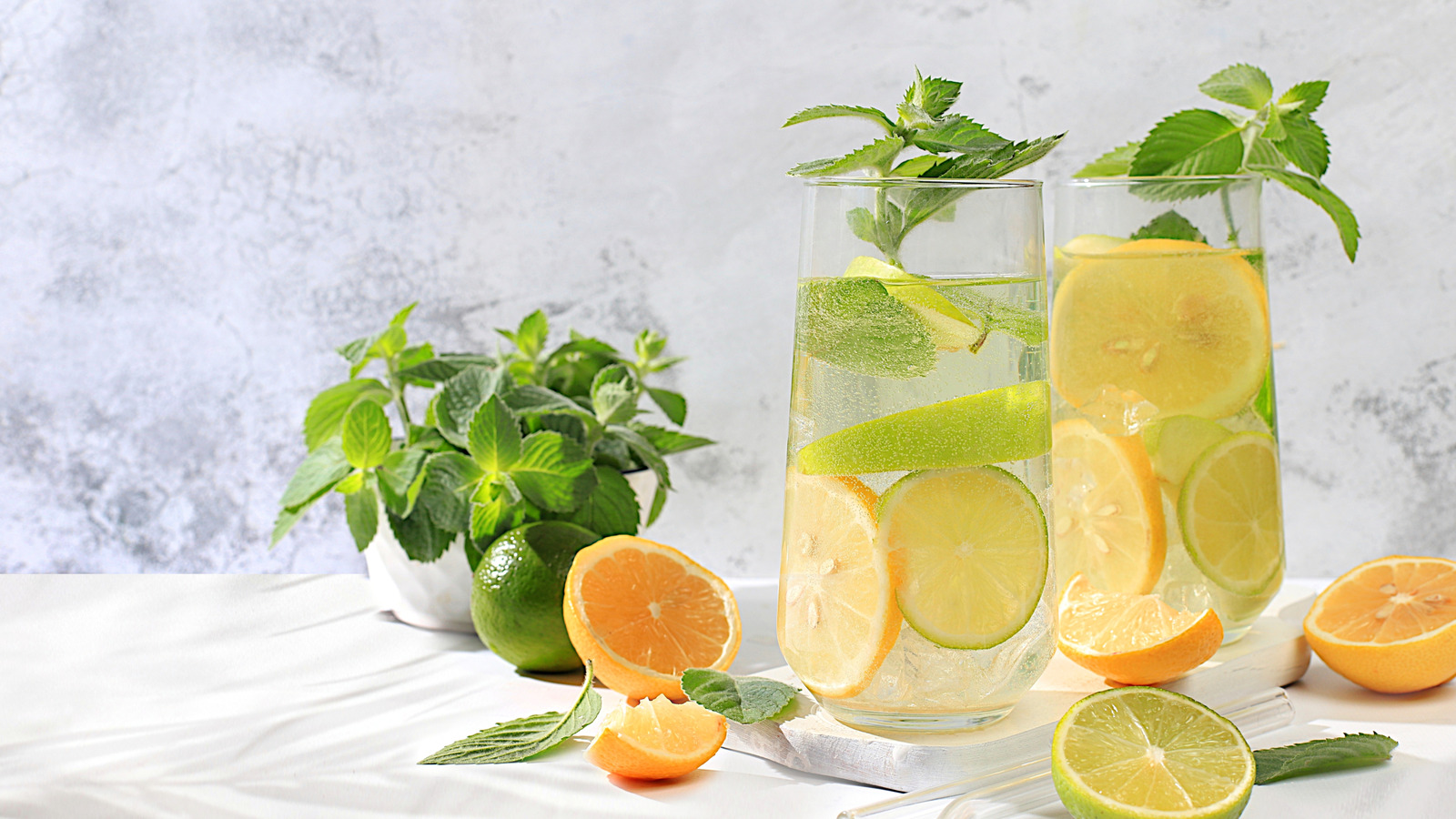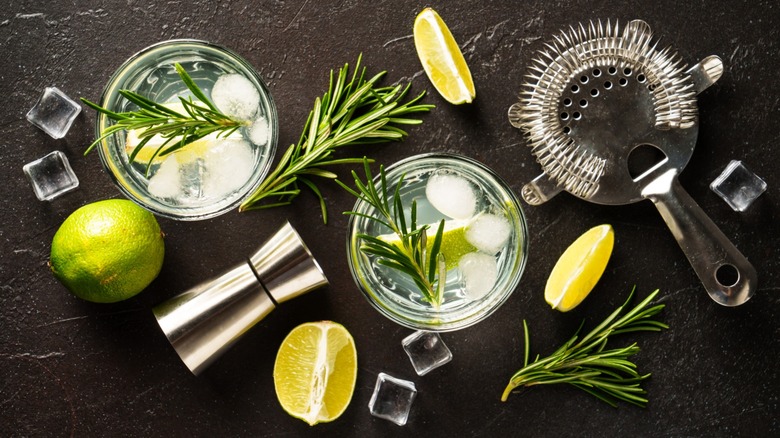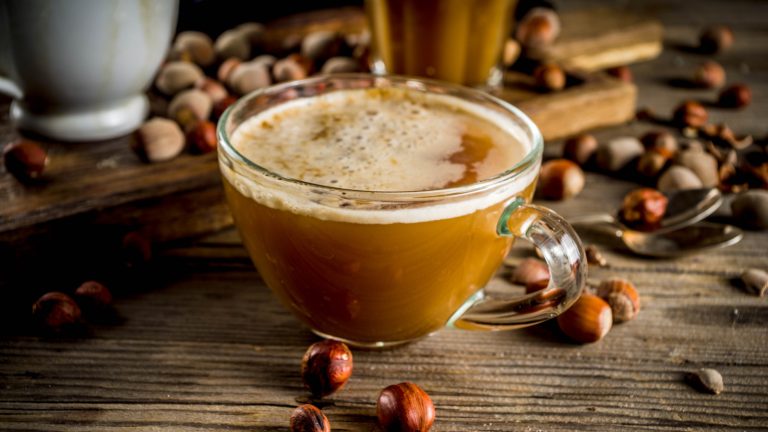There are a few rules when it comes to specific cocktails. For instance, some people say a martini should be shaken and not stirred, while others believe you have to choose between ordering it dirty or with a twist — even though Trader Joe’s sells a jar of olives that lets your homemade martinis do both. Another example is the case of the cocktail “golden ratio,” which determines the measurement of ingredients in all of your favorite drinks. But what Tasting Table asked Deena Sayers, the beverage director at The Stand in New York City, about is another hotly contested cocktail rule: when to use lemon vs. lime in your gin and tonic.
While speaking with Sayers, we had the opportunity to clear up a rule that, for most, has largely been based on preferred fruit. But, while even experts like her admit that is a factor, what the decision between using lemon or lime really comes down to is the gin. “Personal preference certainly plays a role, however, there are some characteristics to consider and the botanical profile of the gin should be the primary focus,” says Sayers. “Limes have sharper acidity and tropic notes and work well with citrus-forward gins that emphasize grapefruit. Lemons have rounder acidity and are slightly sweeter with floral undertones, and therefore complement a more herbaceous or floral gin by not overpowering the notes.”
The answer is in the gin
Given Sayers’ advice, the next time you’re whipping up a gin and tonic and find yourself wondering whether you should go with lemon or lime, you should ask yourself what kind of gin you’re using instead. As she explained, different gins can be more citrus-forward and others more herbaceous or floral. The best way to determine any one gin’s flavor profile is to drink it neat prior to using it in your gin and tonic, this way you can taste all of the gin’s botanicals to the fullest. While this might be more the case for drinking top-shelf gins — such as those featured on our taste tester’s list of the 20 best sipping gins of 2022 — it can also be applied to the lower quality gins typically mixed in tonics.
When using a lower quality gin, the decision between mixing it with lemon or lime in your cocktail can make or break your drink. Once you get past the harsh taste, you can do as Sayers says and identify whether it’s more herbaceous and floral or citrus forward. From there, you can then make the decision of pairing it with the choice Sayers recommends: lemon for the herbaceous or floral spirits, and lime for the citrus ones. This will, in turn, complement the flavors of your gin and make your overall drink taste better. However, the rule can be equally as important for your higher shelf bottles, too, preserving the smooth botanical flavors rather than working against them.






